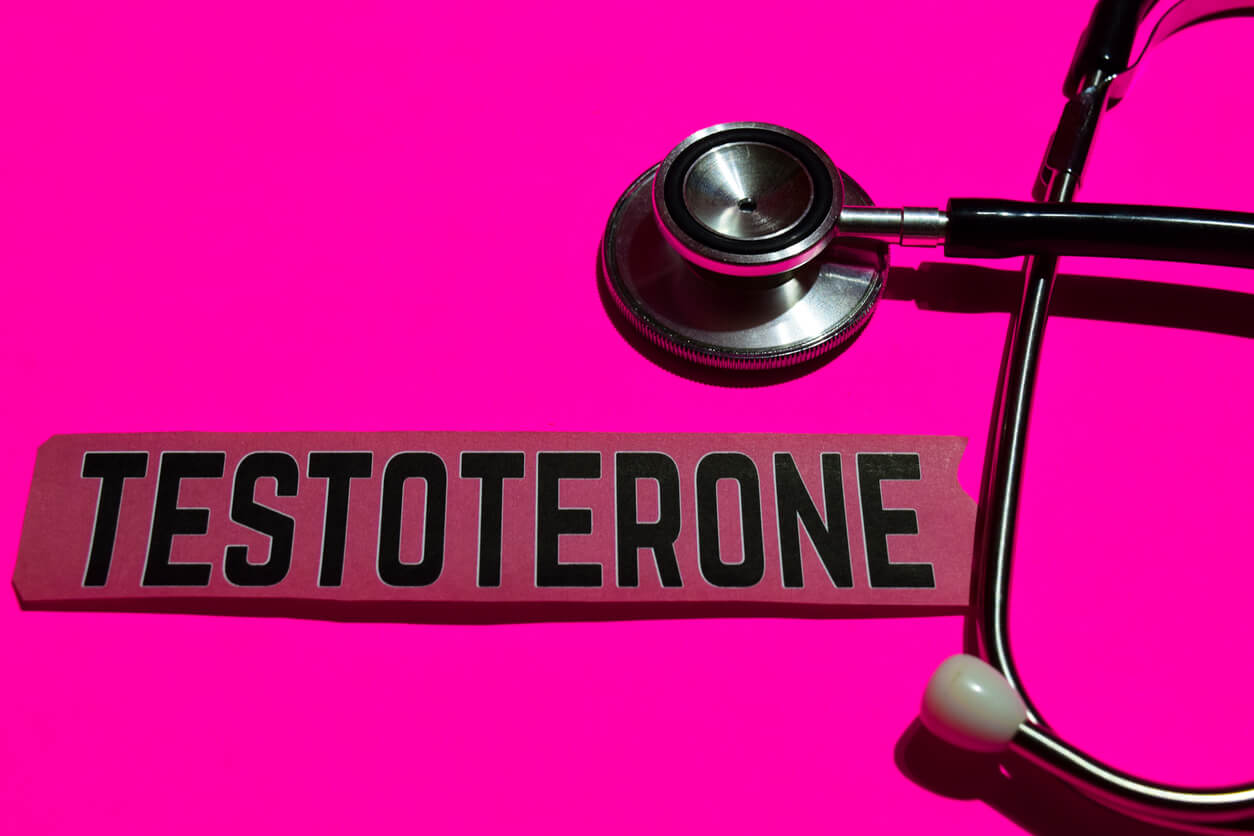
As we age, our bodies undergo many changes, which are a natural part of aging. One of the biggest changes is the decrease in the production of hormones (chemical messengers) that regulate various bodily functions.
Testosterone, in particular, is a hormone that starts to decline as we age, which can cause a lot of health issues and quality of life issues. Luckily, testosterone replacement therapy (TRT) can help counteract these effects and improve overall well-being.
Let’s explore how hormone levels change over time and how TRT can benefit aging and elderly individuals.
How Does Testosterone Level Change Over Time?
Testosterone levels in men tend to be highest in teens and early 20s. As they age, their testosterone levels tend to decrease — about 1% per year after 30 or 40 years of age. At first, this decline in the levels of testosterone is barely noticeable. By age 70, however, the average man’s testosterone production is 30 percent lower than it was at the peak of his reproductive life.
This decline in testosterone levels in men can result in several health problems, such as muscle loss, decreased libido, erectile dysfunction, and depression.
On the other hand, in women, testosterone is mainly produced in ovaries, and their levels begin to decline after menopause, which usually begins between ages 45 and 55. The decreased testosterone levels produce symptoms like sluggishness, muscle weakness, fatigue, sleep disturbances, reduced sex drive, decreased sexual satisfaction, fertility issues, vaginal dryness, and more.
How TRT Can Benefit Aging and Elderly Individuals
TRT is a viable option for balancing declining hormones for both men and women who suffer from the impact of hormone deficiency.
However, before recommending TRT therapy, it’s important to perform a comprehensive assessment involving blood testing and discussion with an experienced TRT specialist. It is crucial to confirm the source of hormone decline before beginning treatment with hormonal medications.
For older men, it’s important to figure out if low testosterone is normal aging or a symptom of a condition called hypogonadism. Hypogonadism is a problem with the testicles or with the pituitary gland that controls the testicles, hampering the ability to produce normal amounts of testosterone.
On the other hand, for women, it’s important to determine if low T is due to aging or problems with the ovaries and adrenal glands.
Following a comprehensive assessment, a TRT provider can recommend a customized dosage of testosterone in the form of injection, patch, gel, or pallets. For men, a TRT specialist can offer three options:
- Bio-identical testosterone pallets (for 5-6 months)
- Testosterone self-injection (every week)
- Bio-identical testosterone cream (every day)
On the other hand, women are recommended testosterone therapy in the form of pallets that are implanted through an incision in the hip, below the waist.
The TRT helps reverse the symptoms of low T in men and women. It increases testosterone levels in the body, helps improve mood, increases energy levels, builds muscle mass, improves bone density, and increases sex drive. TRT has also been found to be associated with improving cognitive function and decreasing rates of depression in both men and women.
TRT Therapy in North Dallas, TX
When managed by a TRT expert, TRT therapy can help promote hormonal balance, improved quality of life, and overall health. At North Dallas Wellness Center, our highly trained and experienced Dr. David Fein conducts comprehensive assessments to determine your current hormone levels. If you have low T, he will provide you a customized dosage of replacement hormone and conduct follow-up tests to assess if TRT is working for you.
For more information about testosterone replacement therapy for men and women with low T, contact North Dallas Wellness Center at (214) 696-3885. If you would like to schedule a consultation with one of our providers, use our online appointment request form.
We look forward to serving you!


